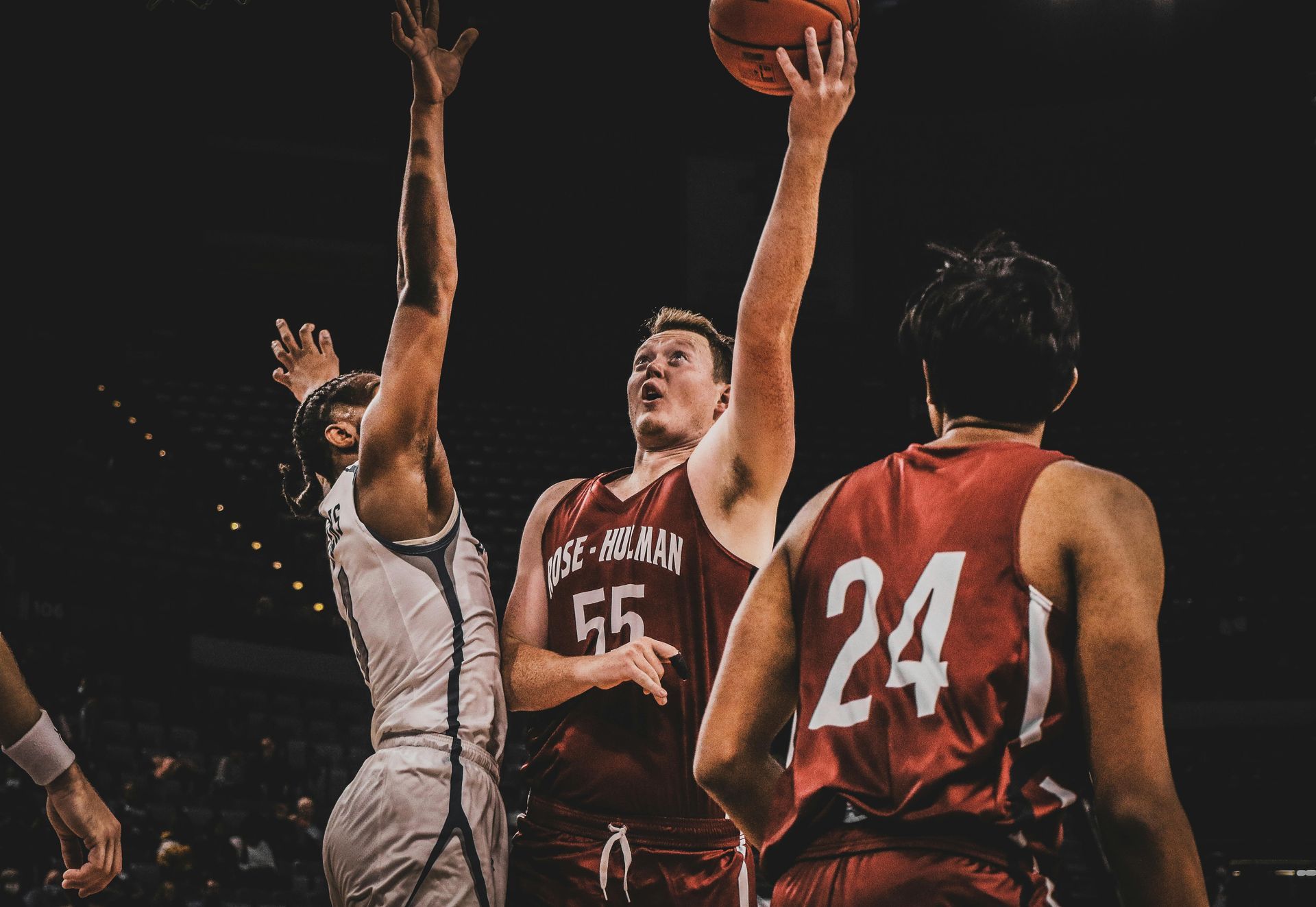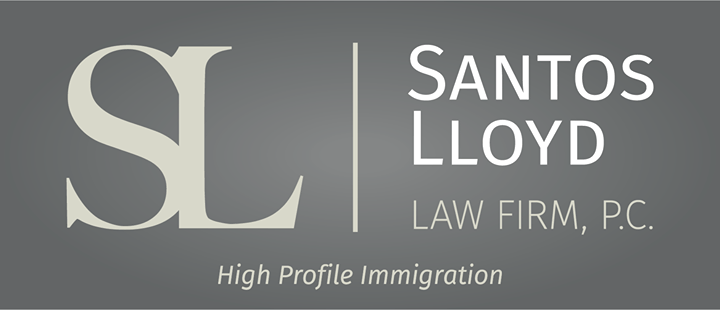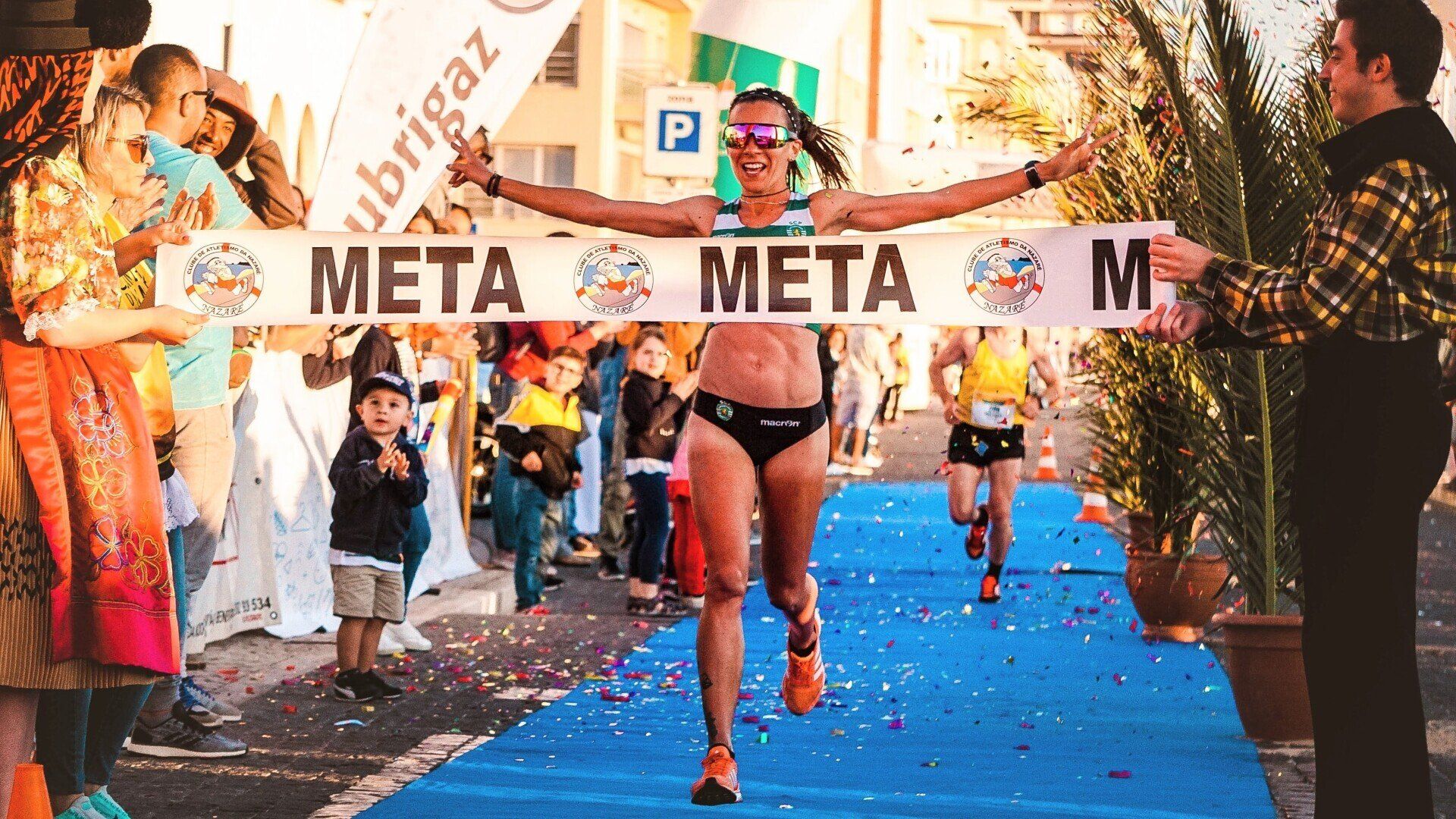¿Eres un deportista reconocido internacionalmente?
April Perez • August 18, 2022
Click here to read this article in English
La clasificación P-1A
se aplica a las personas que vienen temporalmente a los Estados Unidos con el único fin de desempeñarse en una competencia atlética específica como:
- Un atleta individual en un nivel de rendimiento reconocido internacionalmente;
- Formar parte de un grupo o equipo con un nivel de desempeño reconocido internacionalmente;
- Un atleta profesional; o
- Un atleta o entrenador, como parte de un equipo o franquicia ubicado en los Estados Unidos y miembro de una liga o asociación extranjera.
Un solicitante de la visa P1A debe poder cumplir con al menos dos
de los siguientes criterios y los posibles tipos de evidencia se enumeran debajo de cada requisito.
1. Evidencia de haber participado de manera significativa en una temporada anterior con una liga deportiva importante de los Estados Unidos.
Esta podría ser contratos o una carta.
2. Evidencia de haber participado en competencia internacional con un equipo nacional.
Esta podría ser un contrato con el equipo, un certificado de la competencia emitido al solicitante, artículos sobre la competencia y el equipo, y fotos de la competencia y el solicitante con la selección nacional.
3. Evidencia de haber participado de manera significativa en una temporada anterior para un colegio o universidad de los EE. UU. en una competencia intercolegial.
Esta podría ser contratos o una carta.
4. Una declaración escrita de un funcionario del organismo rector del deporte que detalle cómo se reconoce internacionalmente al atleta o equipo.
Una declaración escrita de un funcionario.
5. Una declaración escrita de un miembro de los medios deportivos o un experto reconocido en el deporte que detalle cómo el atleta o equipo es reconocido internacionalmente.
Esta puede ser artículos sobre el solicitante y su éxito y competencia en el deporte. Además, si no hay suficientes artículos, puede ser útil incluir cartas de otros expertos en el campo (por lo general, otros competidores consumados en el deporte). Las cartas deben discutir los antecedentes de los escritores de las cartas, cómo y cuándo conocieron al solicitante y discutir los logros significativos del solicitante.
6. Evidencia de que el atleta o equipo está clasificado, si el deporte tiene clasificaciones internacionales.
Dependiendo del deporte, las clasificaciones pueden aplicarse o no. Los luchadores de Jiu Jitsu pueden obtener una clasificación en el sitio web de la IBJJF (Federación Internacional de jiu-jitsu brasileño) o en otros sitios web importantes de organizaciones de jiu-jitsu. Los luchadores de artes marciales mixtas (MMA) pueden mostrar la clasificación en organizaciones notables como UFC (Ultimate Fighting Championship) que también se puede usar.
7. Evidencia de que el atleta o equipo ha recibido un honor o premio importante en el deporte.
Pueden ser certificados, una lista de premios, artículos sobre el premio u honor discutiendo su importancia. Los peleadores de MMA pueden proporcionar su historial de victorias/derrotas y su perfil de clasificación con su historial de peleas e incluir información sobre las peleas principales o las peleas por el título de campeón que conquistó. También puede incluir artículos sobre premios, certificados y fotos. Para los luchadores de jiu-jitsu, puede usar copias impresas del sitio web de la IBJJF que muestren las victorias del solicitante y copias impresas de otras competiciones importantes de organizaciones de jiu-jitsu que hayan ganado. También puede proporcionar artículos sobre la importancia de las competencias de jiu-jitsu ganadas por el solicitante.
Además, el solicitante debe demostrar que la competencia o competencias en las que competirá tienen una reputación distinguida y están en un nivel de desempeño reconocido internacionalmente y, que requiere la participación de un atleta reconocido internacionalmente.
Posible evidencia de esto puede ser:
- El nivel de audiencia, asistencia, ingresos y cobertura de los principales medios de comunicación de los eventos.
- La trascendencia de la participación pasada de atletas o equipos reconocidos internacionalmente.
- El ranking internacional de atletas que compiten.
- Requisitos de méritos documentados de los participantes.
- Artículos e impresos de antecedentes sobre las futuras competiciones.
Si cree que puede calificar, debe comunicarse con nuestra oficina.
Este blog no pretende ser un consejo legal y nada aquí debe interpretarse como el establecimiento de una relación abogado-cliente. Programe una consulta con un abogado de inmigración antes de actuar sobre cualquier información que lea aquí.
Similar Posts

If you've made it to the United States as a culinary professional—perhaps on an O-1B visa that recognizes your extraordinary talent, or a P-3 visa for sharing your rich culinary heritage—congratulations! You’ve already proven yourself as a standout in your craft. But what if we told you that your journey doesn’t have to end when your temporary visa does? In fact, your current status could be the perfect stepping stone to something much more lasting: a green card through the EB-1A category. The EB-1A visa is a first-preference employment-based immigrant visa, designed for individuals with “ extraordinary ability ” in fields such as the arts, sciences, education, business, or athletics. And yes—culinary arts absolutely count. The key is demonstrating that your skills have risen to the very top of your field. If you've already gone through the O-1 or P-3 process, you're likely well on your way . Here’s the good news: much of the evidence used to obtain your O-1B or P-3 visa can be repurposed for your EB-1A petition . Awards, press features, expert testimonials, and proof of your work in prestigious kitchens or at cultural events—they're all valuable again. But what’s even more exciting is that everything you’ve accomplished while in the U.S. on your temporary visa—whether launching a signature tasting menu, starring in a food documentary, or leading culinary workshops—can now be used to further strengthen your case. According to USCIS, EB-1A applicants must meet at least three of ten criteria unless they’ve received a major internationally recognized award. These criteria include things like published material about your work, original contributions of major significance, high salary, and a critical role in distinguished organizations. For many chefs, especially those who’ve thrived in the U.S. hospitality scene, it’s absolutely achievable with the right guidance. What sets the EB-1A apart is that it does not require an employer sponsor . That’s right—you can self-petition! This means your culinary career can be as flexible and entrepreneurial as you want it to be, whether that means opening your own restaurant, expanding into media, or continuing to cook your way into America’s heart. Even better? It can be one of the fastest paths to a green card available. With premium processing, your I-140 petition can be adjudicated within just 15 business days. And if your country’s EB-1 visa category is current on the visa bulletin at the time of approval, you may be eligible to file your green card application immediately. This combination of speed, autonomy, and flexibility makes EB-1A an incredibly attractive next step in your immigration journey. At Santos Lloyd Law Firm, we love helping creative professionals take their next big step. If you’ve already wowed the world with your cuisine, the EB-1A may be your opportunity to stay and make your mark for good. Contact us today to find out if the EB-1A is the next right step for you!

The United States has long been a destination for the world’s most talented athletes—not only to compete at the highest level, but to access world-class training, coaching opportunities, and long-term career prospects. Whether on the field, in the ring, or across the chessboard, athletes from across the globe are finding immigration pathways that allow them to pursue their athletic and professional goals in the U.S. U.S. immigration law offers several visa and green card options designed specifically for individuals with extraordinary athletic talent. These include the P-1A visa for internationally recognized athletes, the O-1A visa for individuals of extraordinary ability, and the EB-1A immigrant petition, which can lead to permanent residency and ultimately, U.S. citizenship. The P-1A visa is commonly used by professional athletes coming to the U.S. to compete in a specific event or season. This applies not only to individual athletes but also to members of teams or clubs recognized internationally. It is widely used by soccer players, basketball players, MMA fighters, Brazilian Jiu-Jitsu competitors, and even elite chess players. Athletes must demonstrate a high level of international recognition and a record of performance in their sport. The O-1A visa is a strong option for coaches who demonstrate extraordinary ability, typically evidenced by championship titles, sustained winning records, or recognition as integral to their team’s success. To qualify, a coach must establish that their expertise places them among the small percentage of top professionals in their field. For athletes seeking permanent status in the U.S., the EB-1A immigrant petition —often referred to as the “extraordinary ability green card”—provides a direct path to lawful permanent residency. It requires clear documentation that the individual is among the very best in their sport and has achieved sustained national or international success. Unlike other green card categories, the EB-1A does not require employer sponsorship and can be self-petitioned. This has become a common path for MMA world champions, BJJ black belt medalists, Olympic athletes, and chess grandmasters—many of whom now represent the U.S. at the highest levels of international competition. It’s important to note that U.S. immigration law defines “athlete” broadly. Whether you are a professional football player in Europe, a sprinter from the Caribbean, a judoka, a gymnast, or a grandmaster in chess, your achievements may qualify under these categories if they are properly documented and presented. The key is a consistent record of excellence and recognition in your sport on a national or international scale. Our office specializes in these types of immigration matters. Whether you are an individual athlete looking to relocate or an organization seeking to bring international talent to your roster, we offer tailored legal strategies to support your goals. If you are exploring options to compete, train, or build your future in the U.S., we’re here to help you take the next step.

Once you have connected with a college program, have been admitted to the school, and deemed eligible to compete athletically, you will need to secure an F-1 student visa in order to actually attend your new college and begin your time as a student athlete. The first step in the visa process is to receive your Form I-2

For many talented athletes around the world, U.S. college athletics represent a remarkable opportunity to combine elite athletic competition with higher education. In sports such as basketball, soccer, track and field, and tennis, among others, hundreds of colleges and universities across the United States offer struct

Under the new regulation, if a person filed or files Form I-589, Application for Asylum and for Withholding of Removal after October 1, 2024, and the application remains pending with USCIS for 365 days, the applicant must pay an Annual Asylum Fee (AAF) on the one-year anniversary of his or her filing date.



